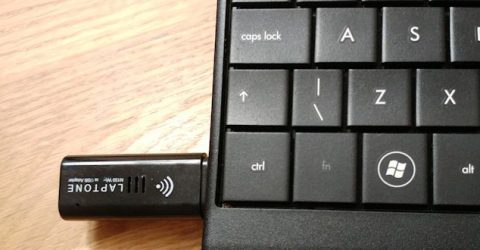Can I use 4G mobile broadband for my home internet?

The UK’s 4G network is finally starting to deliver the speedy connections we’ve always been promised.
As well as working on phones and tablets when we’re on the move, 4G mobile broadband can be used in the home to power computers or deliver streaming media.
There are several reasons why this might be useful:
- If you live in an area without fibre broadband
- If the broadband speeds achievable down your phone line are unusually slow
- If you’re unable to get satellite broadband
- If you’re buying a new house and need to wait for a landline phone connection
- If you’ve recently moved into an existing property, and there are issues releasing the old phone line or closing a previous occupant’s broadband account
If any of these scenarios apply to you, 4G mobile broadband is worth considering.
How does 4G mobile broadband work?
There are two types of 4G mobile broadband device for the home:
- A small router with a SIM card in it, resembling a wireless broadband hub
- A USB dongle you plug into your computer, like a data key
The former recreates the effect of a normal wireless router, whereas the latter provides a hardwired connection for one desktop or laptop computer.
Both options harness the 4G signal strength around your home or place of work.
Mobile operators publish UK-wide signal strength maps, identifying which networks offer the most reliable signal in your area.
Routers and dongles deliver similar connection speeds, but the router will enable you to link more than one device to its local wireless network.
Many modern devices lack USB ports, so plug-in dongles are generally used to run a PC or Mac.
What are the pros and cons of these systems?
There are a couple of significant advantages to 4G mobile broadband:
- It enables you to enjoy fast and dependable internet access without a landline or fibre broadband connection
- It’s fully portable if you split your time between different locations
- These devices can be kept in a drawer, and topped up with data whenever they’re needed
However, there are also drawbacks:
- Mobile 4G is considerably more expensive than landline or fibre broadband
- Contract lengths range between 30 days and 24 months (two years), with the latter representing a lengthy commitment
- It’s easy to use up limited data allowances and spend a lot of money on top-ups
How do I set up a 4G mobile broadband dongle?
Remove its cover or dust cap, and insert the device into a USB socket.
Your computer should automatically recognise it and begin installing software drivers.
After restarting your computer, click on the newly-created desktop icon to launch a dedicated window that helps you connect to the internet or add more data.
How do I set up a 4G mini-router?
A mini-router creates a wireless network, which you’ll need to log into with a mobile device or WiFi-enabled computer.
Each provider has a dedicated website address to visit while you’re offline, enabling you to connect new devices and check the router’s battery status, signal strength, etc.
This is fairly straightforward, usually involving a few drop-down menus or fields.
Mobile devices usually remain online once connected to the router, so turn off data connections when you don’t need them to prevent devices consuming your data allowance.






